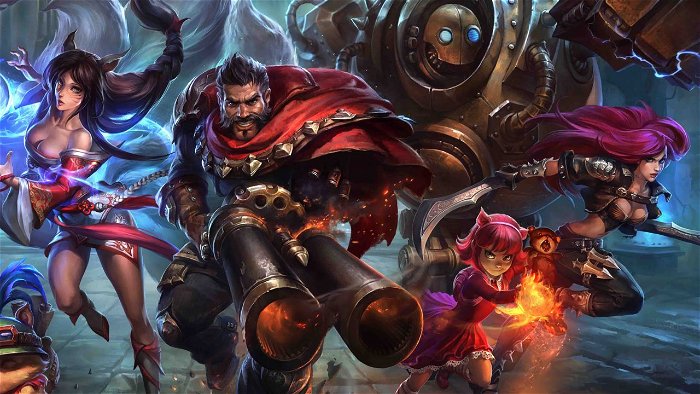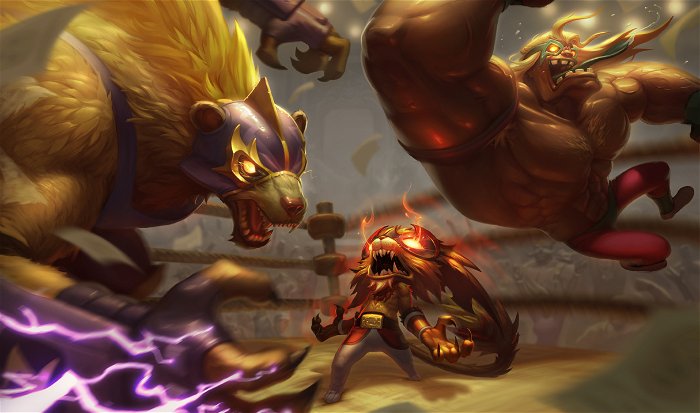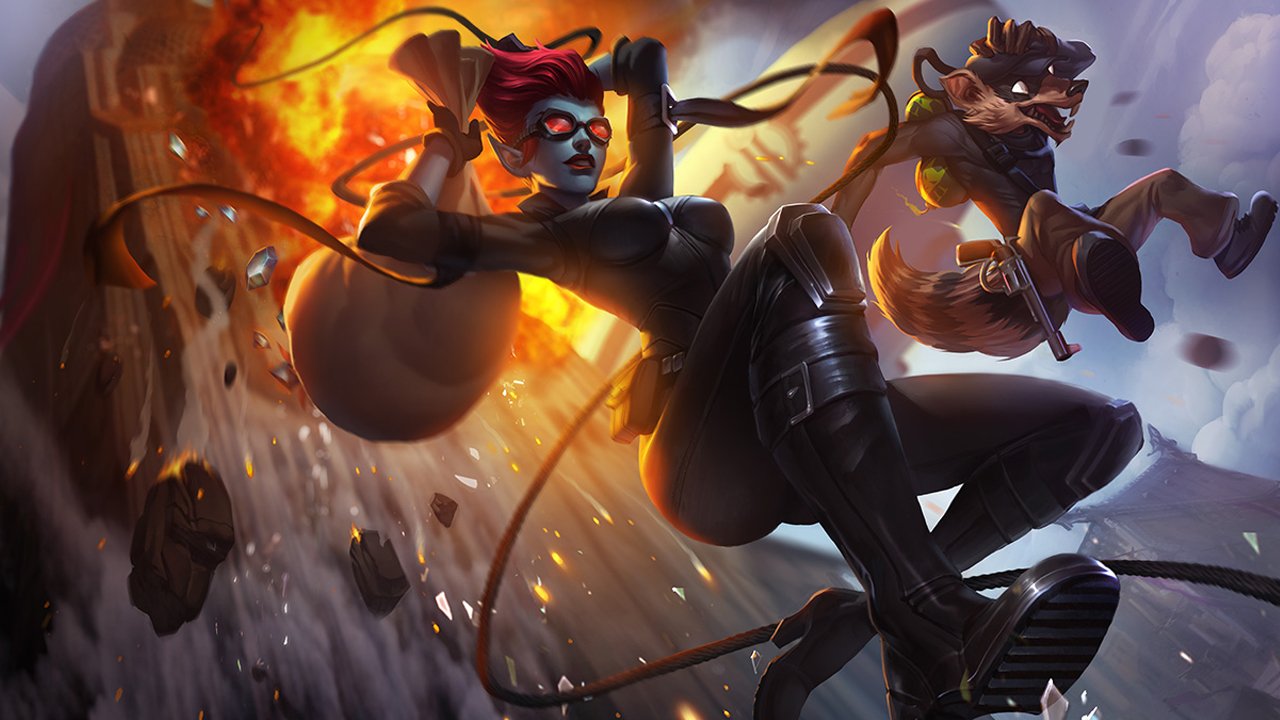When Riot Games announced that they were bringing the LCS to Toronto, Canadian fans responded by going nuts. It was an honour that they had been waiting for for a very long time. Canadians had been so impatient waiting for esports – and especially League – to recognize their passion and dedication. Toronto has been waiting for recognition from Riot for a long time, and they’ve been making their own esports events while they wait. There’s only so long that fans were willing to gather in movie theaters and fan-made grassroots events. Toronto is just one of the latest announcements about League of Legends and their major tournament locations: Barcelona, in Spain, will be host to All-Stars, while Kraków in Poland will be given the honour of hosting the EU LCS finals. Choosing a location is based off more than just fan demand, however, and it can be a startlingly complex process to balance scheduling, needs, infrastructure, and timing. Once the process has begun, however, it can lead to some incredible results.
Summer Heat and Fan Hype

Let’s look at Toronto and the North American summer finals, as that particular scenario sums up a lot of these issues. Toronto has multiple host sites for a tournament, and has held major sporting events before… but there’s a Cinderella problem to consider. The Rogers Center (better known as the iconic SkyDome), can host 40,000 people. While supply and demand would suggest bigger is better, this isn’t necessarily the case. Consider that many of the tickets bought are already being re-sold through scalpers (an issue to consider and combat on its own!) While renting an arena of 40k screaming League fans certainly sounds hype, in reality, it would most likely be incredible overkill. Imagine the elite of North America facing off… in a less than half full theater, the cheers and big moments echoing into silence. It sound sound bad for production, look bad on camera, and just overall be a terrible fit.
There are less-in-demand centers around the city, such as the Ricoh Coliseum, but that can only host about 8,000 fans. There are already issues with tickets selling out too quickly, and that seating size is just too small. So, the Air Canada Center is League’s best bet… and that is often booked. It’s easy to forget, especially for those who live in other countries, that Toronto has some of the biggest sports franchises in the world. While the Leafs are a laughing stock on the ice, they have massive merchandising followings and a devoted cult presence. Crowding them out for esports, an untested market, is an absolute no go. The Raptors, our basketball squad, just finished up a surprisingly strong season. Taking either of these big teams out of the ACC in favour of League is a huge risk… Unless you can hit the right time of the year, when the Raptors are resting up and the Leafs have yet to start.
All Part of the Show

Cities like Toronto, Barcelona, and New York City hosting esports in venues like the Air Canada Center or the Madison Square Garden would have been completely inconceivable five years ago, but so would have the scope and scale of the displays that companies like Riot or the OGN put on. Consider, for a moment, that just a decade ago, esports teams would get to the venue and sleep in the same facilities (a humble van), play for hundreds, and there were no gaming houses or infrastructure in North America. As esports continues to boom and explode, so too does the show and circus put on around the games itself.
Take a look at the evolution of League of Legends World Championship. Season One looks like your typical lan center – if you visit a local gaming or esports con, you’ll probably see something very similar, although with less familiar faces. Seasons 2 and 3 represented massive jumps into arena. The most recent World tournament upped the ante with a holographic stage representing each player and their achievements. In short, when Riot chooses a city, they need to think about the arena and crowd size, but they also need to think about whether the venue can host something that is in line with their design philosophies. This can mean a holographic stage, on-stage light up logos of the competing teams, or a concert by Imagine Dragons.
Keeping the Game Together

Occasionally, there’s a clash of ideals between the competitive spirit of League and the performance that Riot wants to put on. Consider, for a moment, the concept of gaming booths. These soundproof booths are meant to protect the players from the crowd – not from someone leaping on stage, but from the crowd screaming. This is two-fold: one, the players need to be able to communicate with each other, even (or especially) during the moments when the crowd is most hype. Secondly, the competitive integrity of the game can be challenged by the crowd. If one team is moving into the fog of war, where the other team has set up a trap… and the fans begin to scream in anticipation, the off guard team is now decidedly wary. Riot has refused to implement booths, saying that an open experience where you can see the players is the most important. While this remains controversial, it proves that Riot is dedicated to their philosophy in providing a consistent show.
Toronto, Barcelona, and Kraków are just some of the host cities for future esports events, and fans are eager to see how Riot’s shows continue to grow. There’s a lot that goes into each event, and it only seems likely to grow along with the explosive expansion of esports. The question is where it’ll end – are holographic stages and major events the new standard, or just a new beginning?



